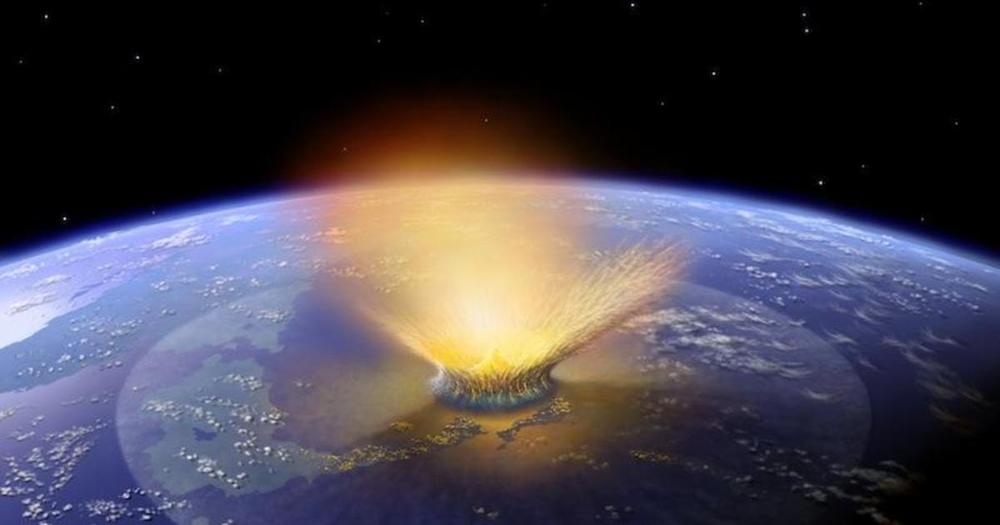Category: existential risks – Page 98


Study shows recent plant extinctions much more extensive than thought
A team of researchers with the Royal Botanic Gardens in the U.K. and Stockholm University has found that plant extinctions over the past two and a half centuries have been more extensive than previous estimates suggested. In their paper published in the journal Nature Ecology and Evolution, the group describes their exhaustive study of plants and which have gone extinct, and what it might mean for future plant life.
In recent years, botanists have estimated that fewer than 150 plant species have gone extinct in modern times—most due to human activities. In this new effort, the researchers have found that the real number is closer to quadruple such estimates—they found 571 plants that have gone extinct since 1753. That was the year that famed botanist Carl Linnaeus published his Species Plantarum—a collection of all known plant species at that time. The researchers also claimed that approximately three species of plants have gone extinct on average each year since 1900—a rate that they note is approximately 500 times the natural rate of plant extinction. The group came to these conclusions using information from a database started back in 1988 by workers at the Royal Botanic Gardens who have had the goal of adding every known plant on the planet. Since that time, over 330,000 plant species have been added.
The researchers also created a map showing where the extinctions have occurred, noting that most are in the tropics and on islands. The map also highlights some interesting hotspots as well, such as South Africa, Australia, India and Hawaii. They add that the main culprit is habitat destruction, though some have also suffered from being too popular with humans—the Chile sandalwood tree, for example, was harvested for its exotic aroma.

Dr. Mercola Warns On The Impending 5G Apocalypse
The fact that the Technocrat elite flatly ignore stern and documented warnings against 5G, indicates that they have some ulterior agenda that they must accomplish regardless of the negative impact on humans. It is the establishment of Technocracy, aka, Scientific Dictatorship. ⁃ TN Editor.
Are you still under the misconception that unchecked exposure to electromagnetic field (EMF) and radiofrequency (RF) radiation is of no concern? Then I urge you to view the featured documentary, “5G Apocalypse — The Extinction Event” by Sacha Stone.
Please understand that while I am not in agreement with some of Stone’s conspiracy theories on the militarization of these frequencies, the science is beyond solid to justify concern about 5G without throwing in conspiracy allegations. I do believe that, overall, the documentary was well done and nicely packages the nonconspiracy information.

Hacking conservation: how a tech start-up aims to save biodiversity
Dehgan hopes that the organization’s prizes and other initiatives will bring innovative solutions to conservation’s deepest problems. Hundreds of people have already been lured in through challenges and engineering programmes such as Make for the Planet — a multi-day, in-person event — and an online tech collaboration platform called Digital Makerspace, which matches conservationists with technical talent.
Standard efforts have failed to slow the pace of extinctions, so Conservation X Labs is trying a fresh approach.
No Need To Fear Universe Ending In ‘Collision With Bubble Of Nothingness’(False Vacuum Collapse Of Higgs Field)
This is an article in New Scientist that’s being shared in social media which says it’s a new caclulation of the future of the Universe according to the theory of false vacuum. It’s scaring many people because when you read it as far as it goes, before you have to pay to read, it doesn’t give a timeline, so they think it could happen any moment. Also, because it says “there’s a chance” that it has already collapsed in a distant corner of the cosmos. I’m writing this as part of a series of posts to help people scared of false or exaggerated doomsdays, which often get to the top of Google, Apple News and Facebook trending and are read by many people who have no idea how to take them including children as young as 14 and sometimes much younger. They can get very scared about these stories, have panic attacks and are sometimes suicidal because they can’t bear the fear.
Short Summary


We are in the midst of an extinction crisis, warn UN scientists
The global rate of species extinction “is already tens to hundreds of times higher than it has been, on average, over the last 10 million years,” according to the Intergovernmental Science-Policy Platform on Biodiversity and Ecosystem Services (IPBES), a UN committee, whose report was written by 145 experts from 50 countries.
One million of the planet’s eight million species are threatened with extinction by humans, scientists warned Monday in what is described as the most comprehensive assessment of global nature loss ever.
Their landmark report paints a bleak picture of a planet ravaged by an ever-growing human population, whose insatiable consumption is destroying the natural world.

Bill Nye: Killer Asteroid Will Hit Earth ‘Like Control-Alt-Delete For Everything’
A killer asteroid will hit the Earth, and it is not a matter of “if” but “when,” based on the discussions during last week’s 2019 International Planetary Defense Conference.
Bill Nye opened up about the threat of asteroid impacts and possible extinction, explaining that people need to be more aware of this threat. “The Earth is going to get hit with another asteroid,” Nye said during the 2019 International Planetary Defense Conference. “The problem is, we don’t know when.”
Nye, who is known as the TV “Science Guy” and is currently the CEO of the Planetary Society, continued by saying that even if an asteroid doesn’t hit Earth within the next few decades, the threat is still there.